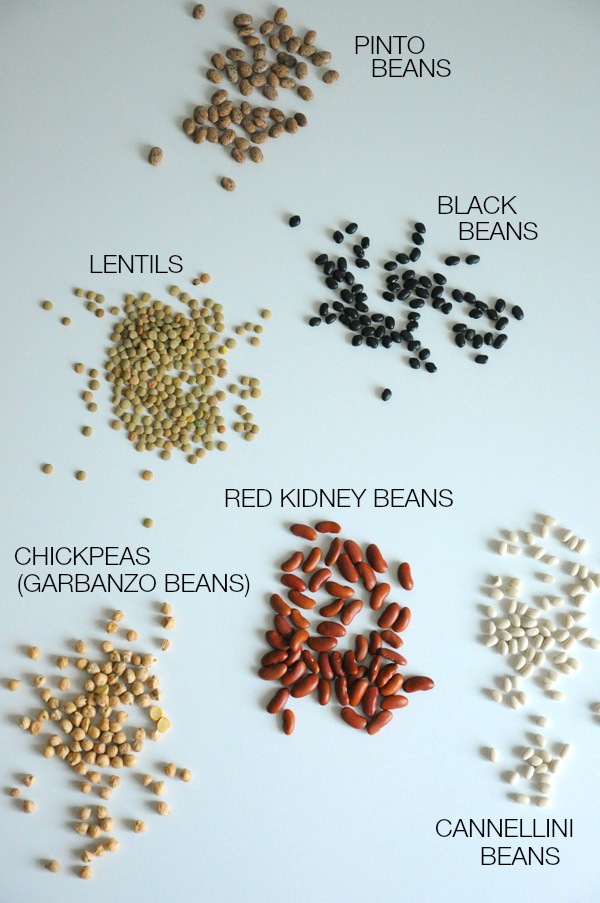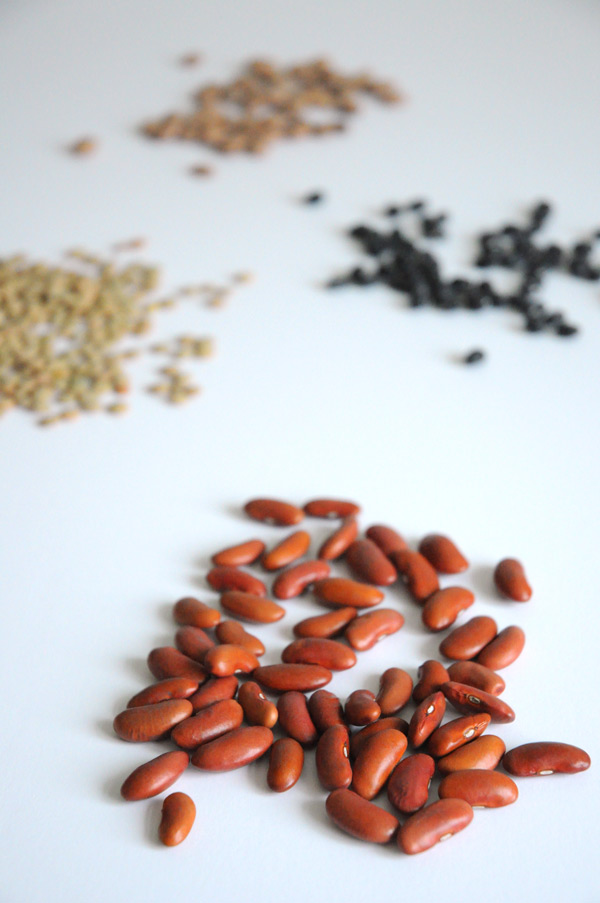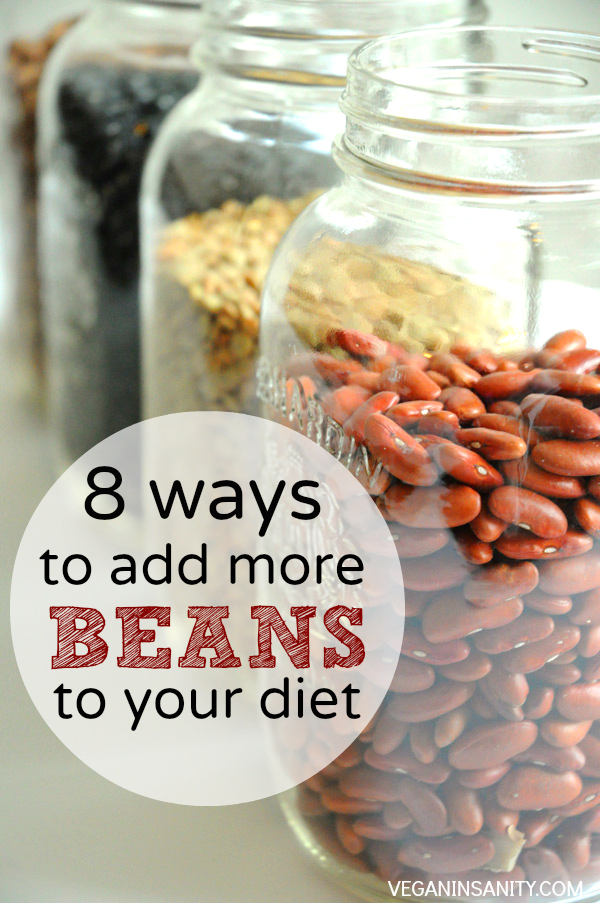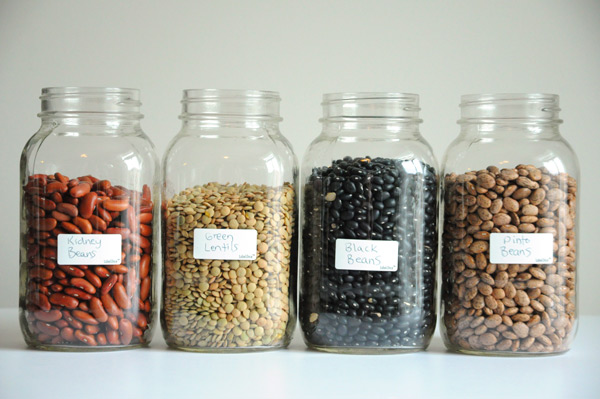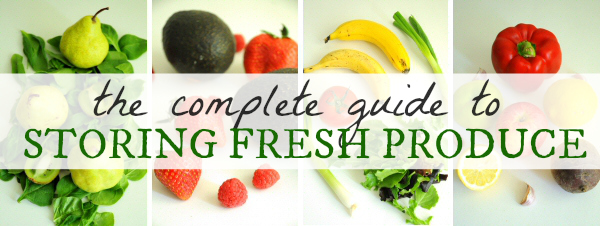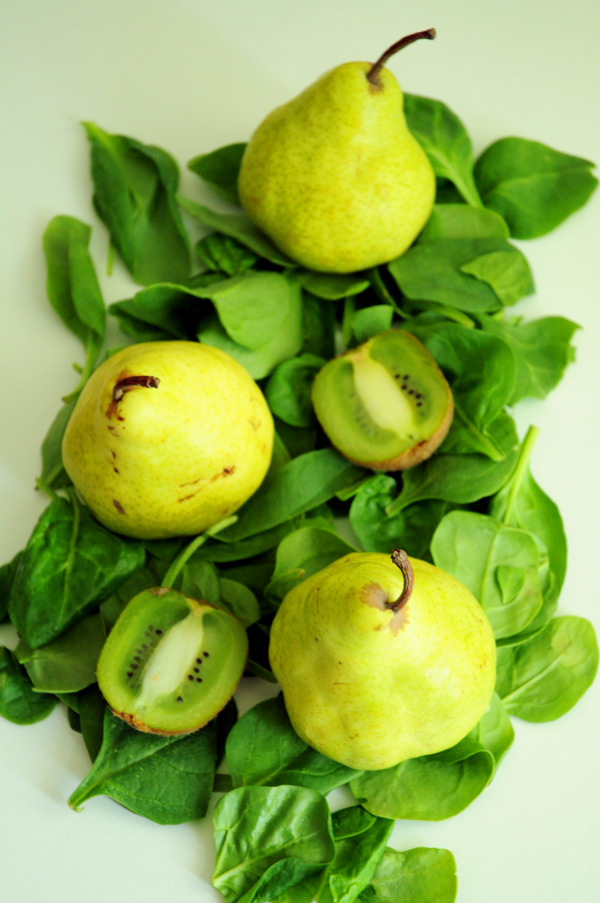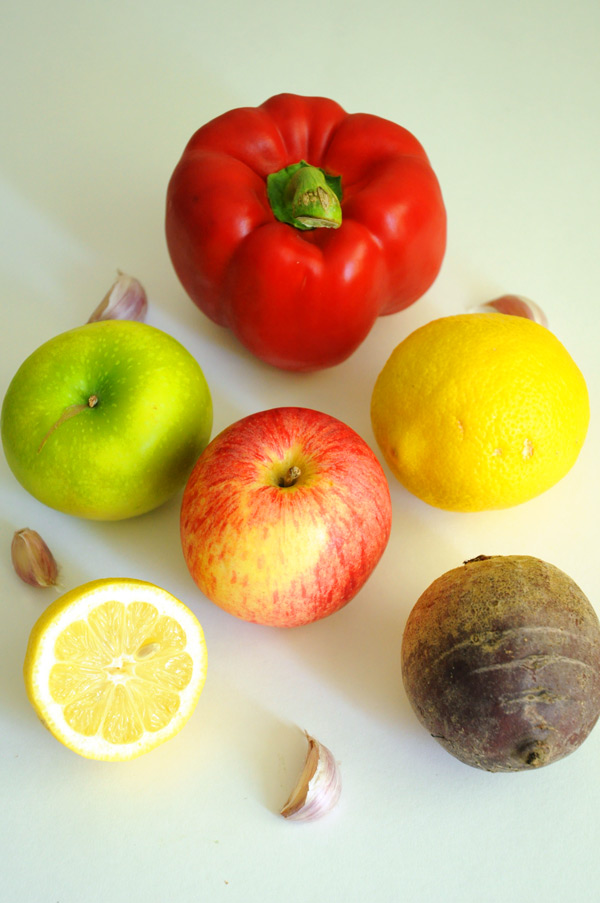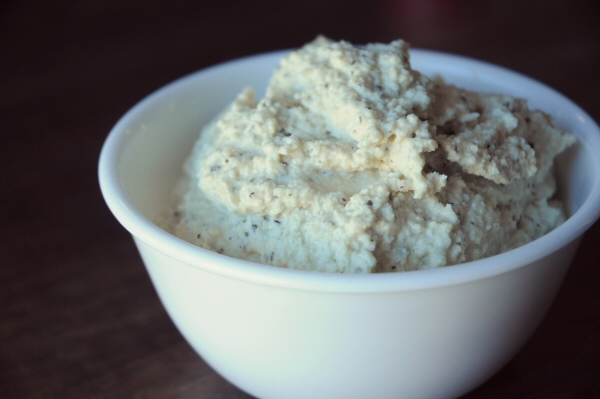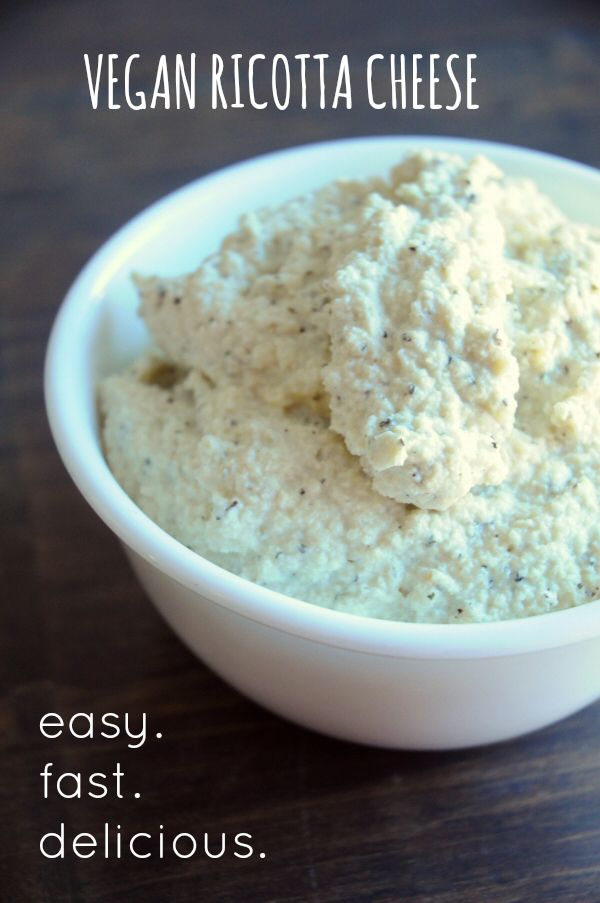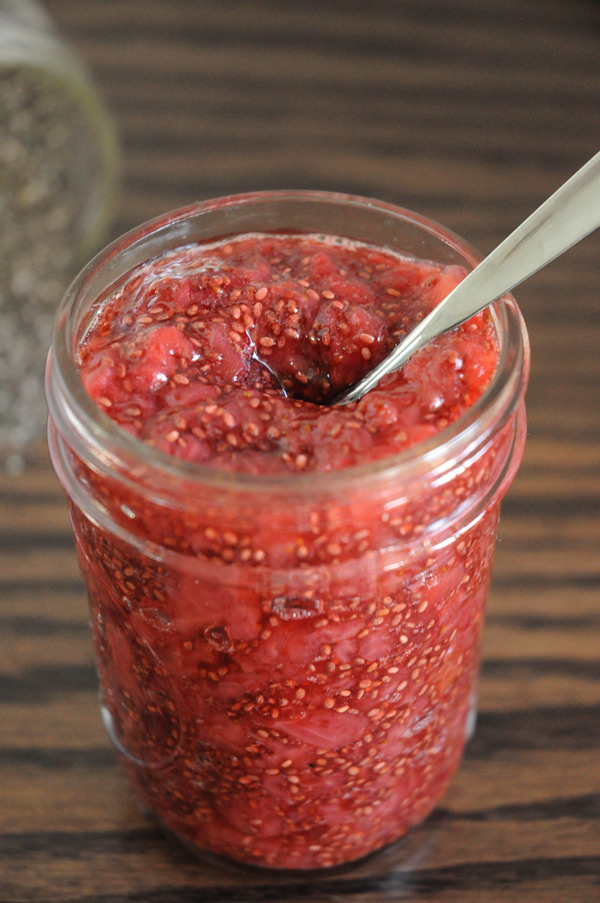 I can’t believe I’ve kept this super easy jam recipe a secret from you, but it seems as though I did. I’ve always loved homemade jams, and would buy them often at farmer’s markets in the summer, but never made them myself because I felt like it would be too much work. A few months back, a friend of mine introduced me to chia seed jam, and I’ve been hooked ever since. Now I make homemade jam all the time.
I can’t believe I’ve kept this super easy jam recipe a secret from you, but it seems as though I did. I’ve always loved homemade jams, and would buy them often at farmer’s markets in the summer, but never made them myself because I felt like it would be too much work. A few months back, a friend of mine introduced me to chia seed jam, and I’ve been hooked ever since. Now I make homemade jam all the time.
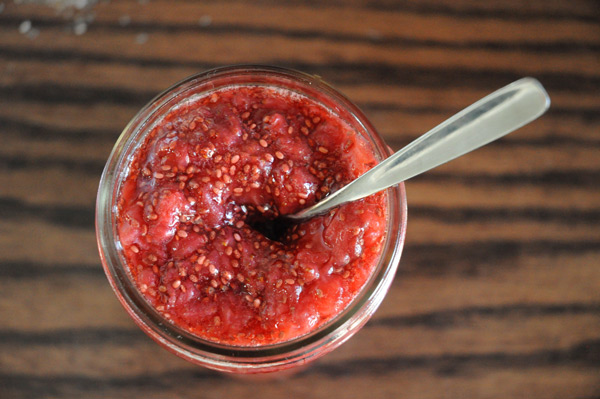 I love how simple it is to prepare a fresh batch of my very own jam, adding as much, or as little, sweetener as I want. Store-bought jams are almost always way too sweet, aren’t they? I think so.
I love how simple it is to prepare a fresh batch of my very own jam, adding as much, or as little, sweetener as I want. Store-bought jams are almost always way too sweet, aren’t they? I think so.
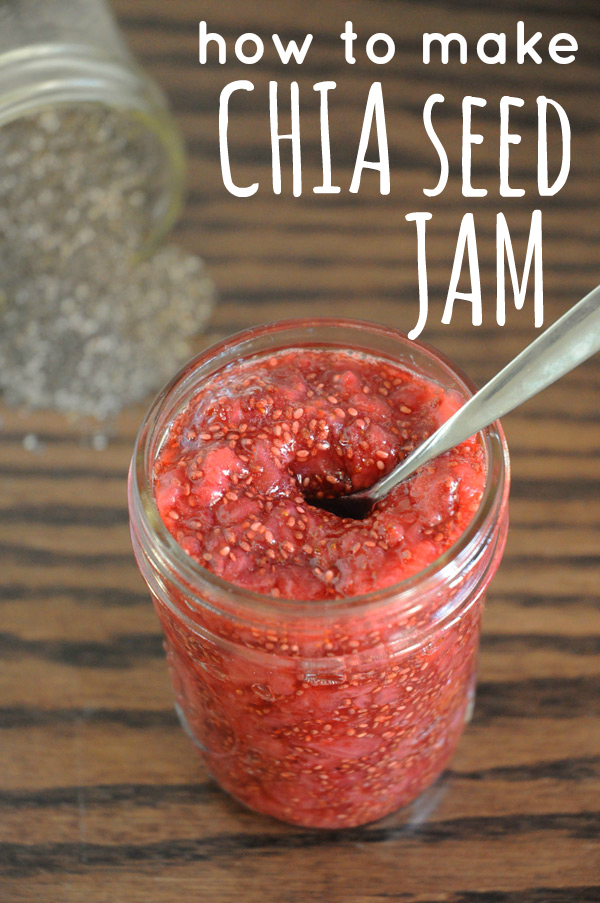
So far I’ve only made blueberry jam and this strawberry jam, but once I do some raspberry picking this summer, I’ll make a batch of raspberry jam, too. Blackberry would also be nice. And peach. And grape. Ahhh, there are so many options!
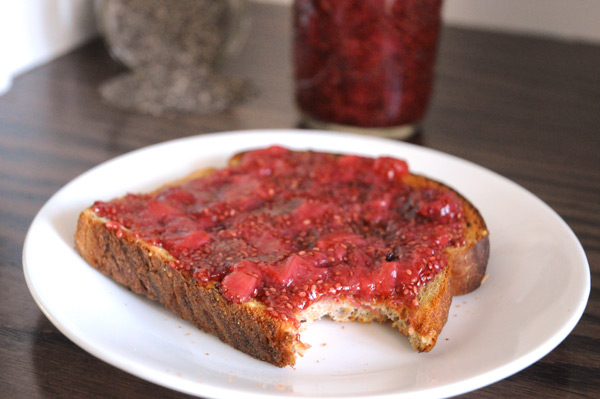 And all thanks to the goodness of chia seeds, which are amazing because they: Balance blood sugar Add healthy omega-3 oil to your diet Make you feel more energized Cut your cravings Combat diseases Provide you with stronger teeth & bones Are a great source of protein Help fight belly fat and so much more! I love these little guys.
And all thanks to the goodness of chia seeds, which are amazing because they: Balance blood sugar Add healthy omega-3 oil to your diet Make you feel more energized Cut your cravings Combat diseases Provide you with stronger teeth & bones Are a great source of protein Help fight belly fat and so much more! I love these little guys.
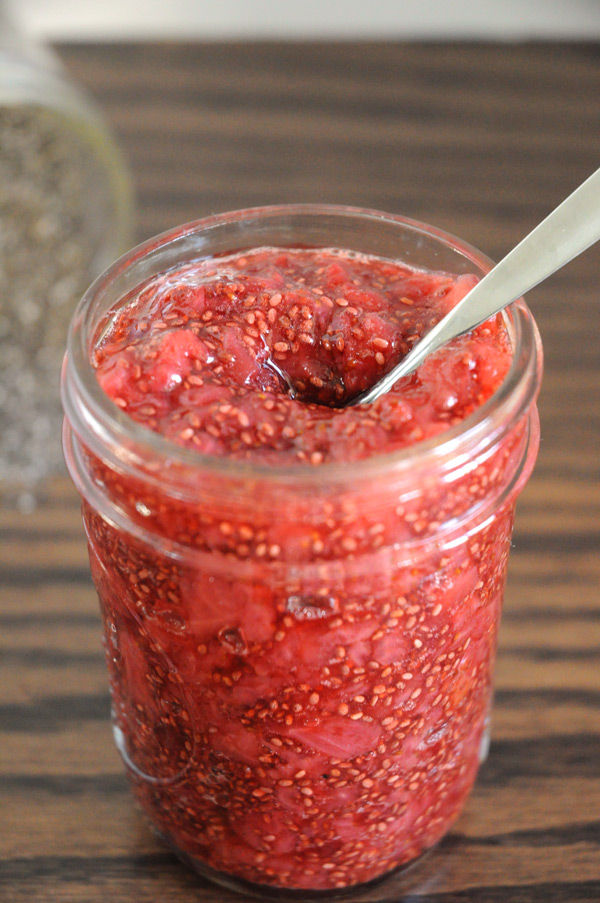
- Fruit of choice (I used 1 pound of strawberries)
- ¼ cup maple syrup or agave (I used maple syrup)
- 2 tbsp chia seeds
- Prepare your fruit. For my strawberries, I washed them, hulled them, and cut them into really small pieces. I've also made blueberry chia seed jam, and for those, I just washed the blueberries.
- Add your fruit and maple syrup or agave to a small pot, and heat on medium for about 10 minutes, or until the fruit starts to liquefy. Once this happens, start to gently smash your fruit. The smoother you want your jam, the more you'll have to mash up the fruit.
- Once the fruit has reached your desired consistency, bring it to a boil, and allow to cook for about 5 minutes.
- Add in your chia seeds and stir to combine. Remove from heat and then walk away and come back in 10 minutes - voila, homemade jam!
- Allow the jam to cool completely before serving. Store in the refrigerator for up to 2 weeks.


